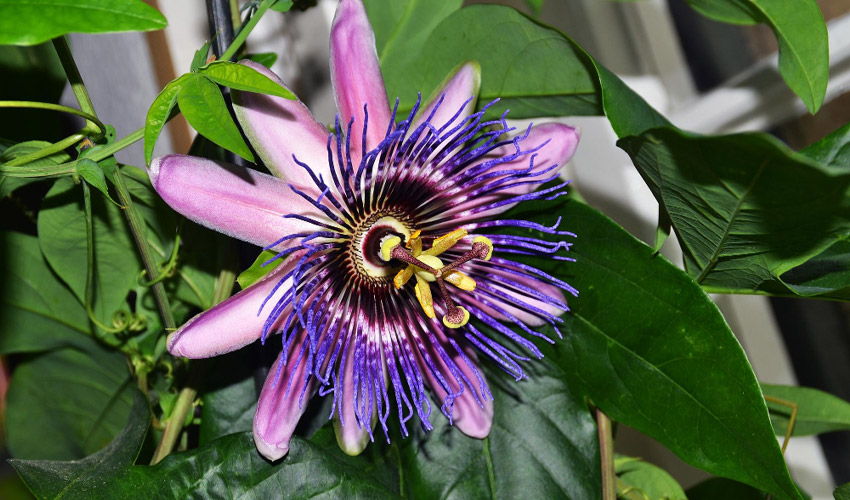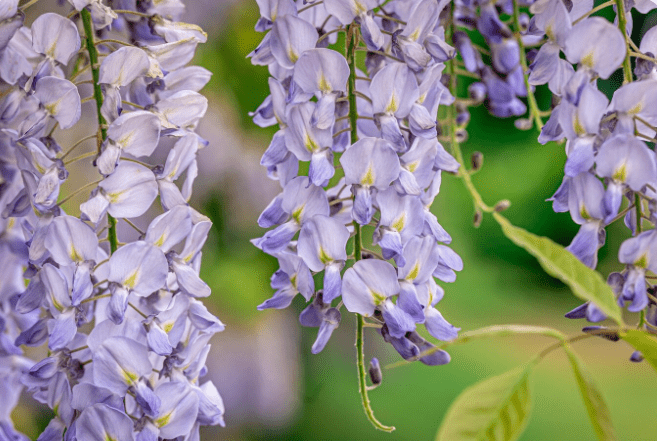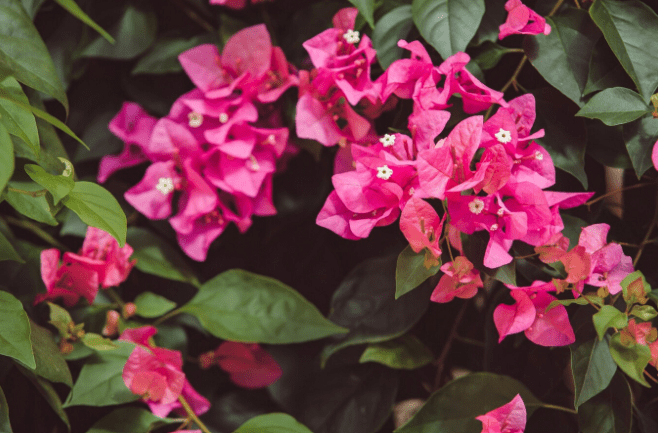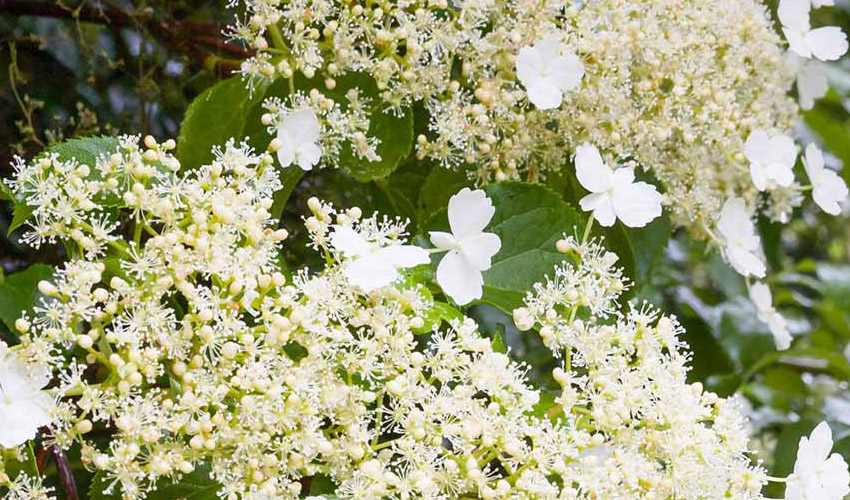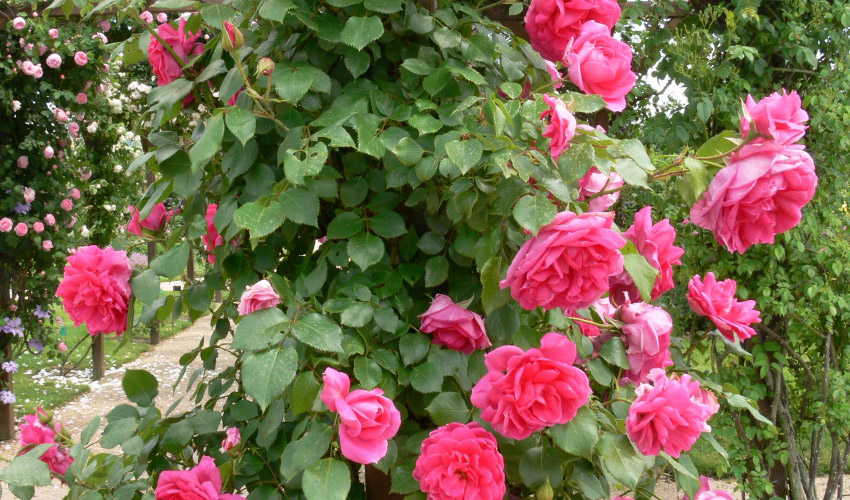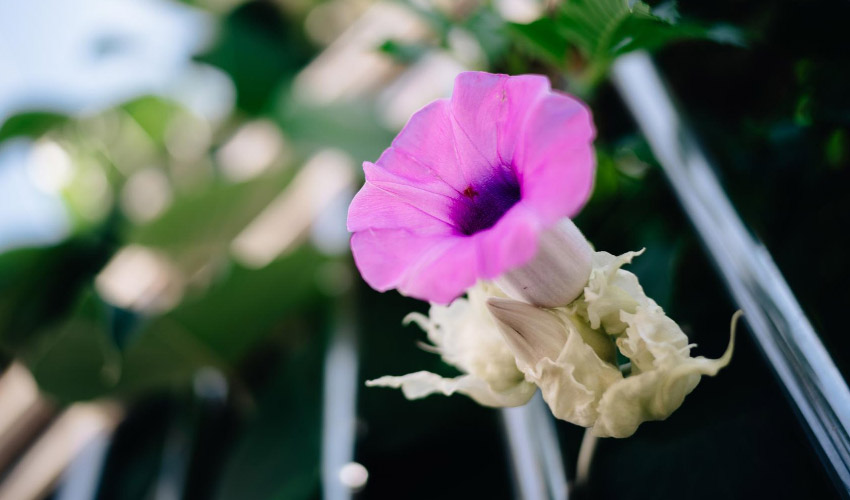Passiflora are vigorous climbers, often recognized as passion flowers. Gardeners value them for their striking, unusual blooms that appear generously throughout the summer. Certain varieties thrive outdoors in garden beds, while others require the shelter of a warm conservatory or heated greenhouse. The tropical species Passiflora edulis is especially popular, as it produces the well-known passion fruit.
Table of Contents
TogglePlanting Outdoors
- Set hardy passion flowers in the ground during spring once the risk of frost has gone, usually in late May or early June.
- For the strongest growth and best blooms, position hardy varieties in sunny, sheltered spots, protected from cold, drying winds, ideally against a south or west-facing wall or fence.
- Passiflora caerulea, a hardy type, can grow up to 10m (33ft) tall, so allow plenty of space for it to spread and flower.
- Since passion flowers climb with tendrils, train them onto a trellis or a fence with horizontal wires to give the stems something to cling to.
Planting Indoors
- Grow tender passion flowers in containers, starting with a pot about 30cm (12in) wide, and keep them inside a greenhouse.
- In conservatories or greenhouses, provide partial shade to protect the leaves from scorching during hot, sunny weather.
How to Care for Passion Flowers
Learning how to care for passion flowers properly ensures healthy growth, abundant blooms, and long-lasting plants both indoors and outdoors.
Watering
In the garden, water passion flowers once a week during dry periods, and for container-grown plants, water as soon as the top layer of soil begins to dry out. If the soil is allowed to dry too much, the plant may wilt, and buds can fall off. During winter, reduce watering for container plants to prevent root rot caused by overly wet soil.
Feeding
When growth or flowering appears weak, feed outdoor plants in spring with a balanced fertiliser. Container-grown passion flowers benefit from a liquid fertilizer, like Phostrogen, every four to six weeks during the growing season, which runs from March to October. In winter, feeding is unnecessary since the plant naturally goes dormant.
Deadheading
You don’t need to deadhead passion flowers, as the blooms fall off on their own. However, repot container-grown plants every two to three years to keep them healthy and encourage strong growth.
Overwintering
Since passion flowers thrive in warm conditions, they often require winter protection in colder areas. In autumn, add a layer of mulch around the plant’s base outdoors to shield the roots from frost. If you’re overwintering a container-grown passion flower indoors, cut the stems back to about one or two feet before moving it inside. The plant may enter a semi-dormant state and look less attractive, but it should revive with fresh growth in spring.
Pruning and Training
Prune passion flowers once a year in early spring if required. Since blooms form on new growth, focus on removing old flowering stems while leaving a framework of sturdy, healthy ones. This practice helps maintain a neat shape and prevents the plant from becoming unruly.
For overgrown plants, cut stems back to about 30–60cm (1–2ft) from the base. Carry out this type of renovation only every few years, as frequent hard pruning can weaken the plant. After renovation, thin out excess new shoots, keeping only the strongest. Keep in mind that flowering may be delayed for a year or two following heavy pruning.
Common Pests and Diseases
Passion flowers are generally resistant to pests, though warm and humid conditions can attract insects like scale, spider mites, and whiteflies. Infestations can often be controlled with a simple homemade insecticidal soap.
Fungal leaf spot disease may also appear, leading to discolored patches on the leaves. Remove any infected foliage to slow its spread and apply a fungicide if needed. Poorly draining soil can cause root rot, so ensure the plant grows in well-drained conditions to avoid this problem.
Common Problems
Passion flowers are generally low-maintenance, but yellowing leaves can occur for several reasons. Container-grown plants may start to wilt or turn yellow if they aren’t receiving enough water or if temperatures drop too low.
For plants grown in the ground, yellow foliage often points to nutrient-related issues in the soil. A soil test can help identify the problem so you can amend it properly. Sometimes the soil may contain too much boron, or it may lack essential nutrients required for the plant’s healthy growth.

